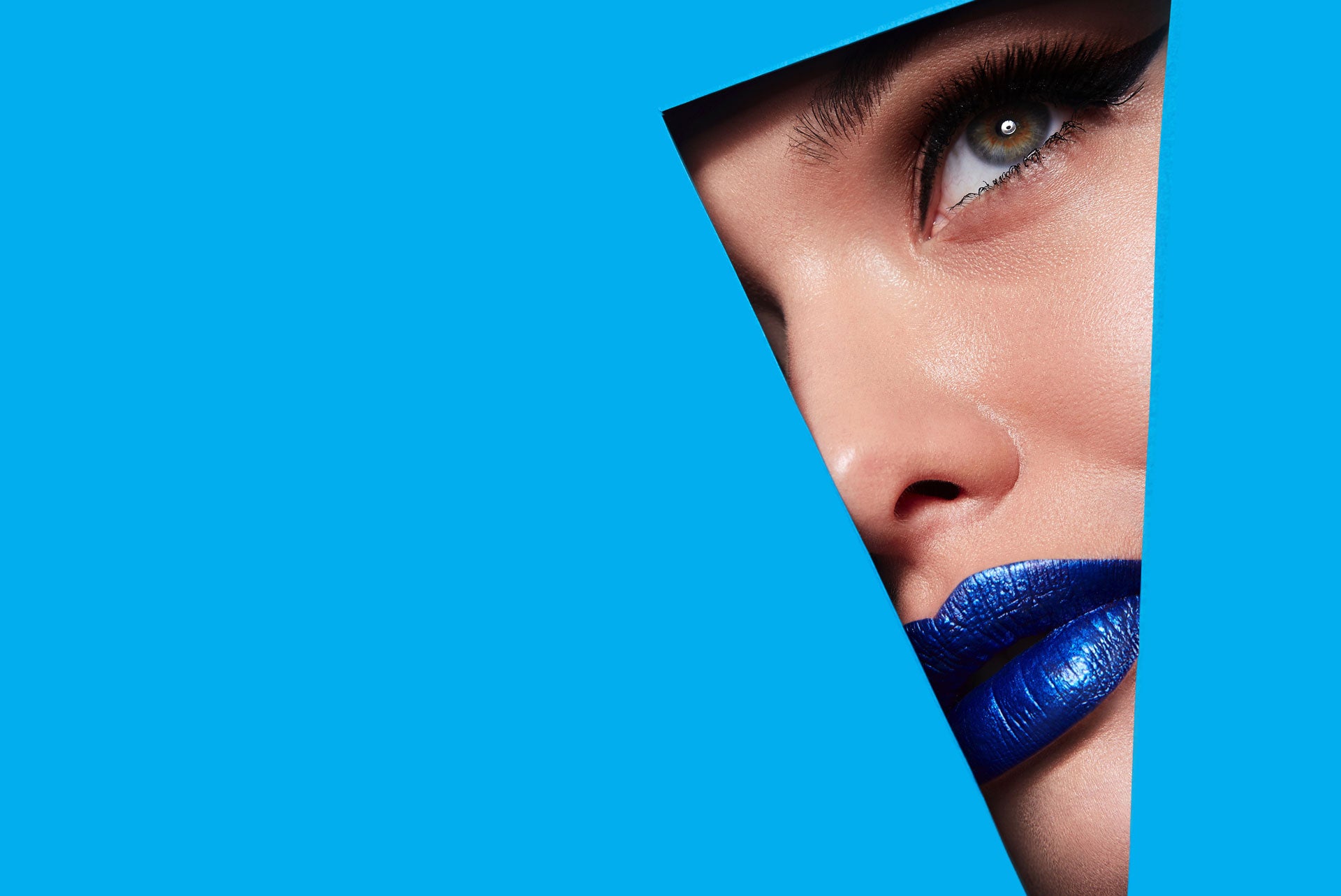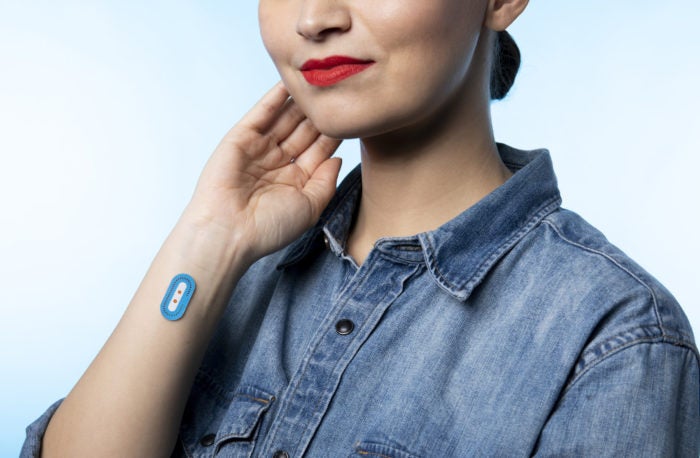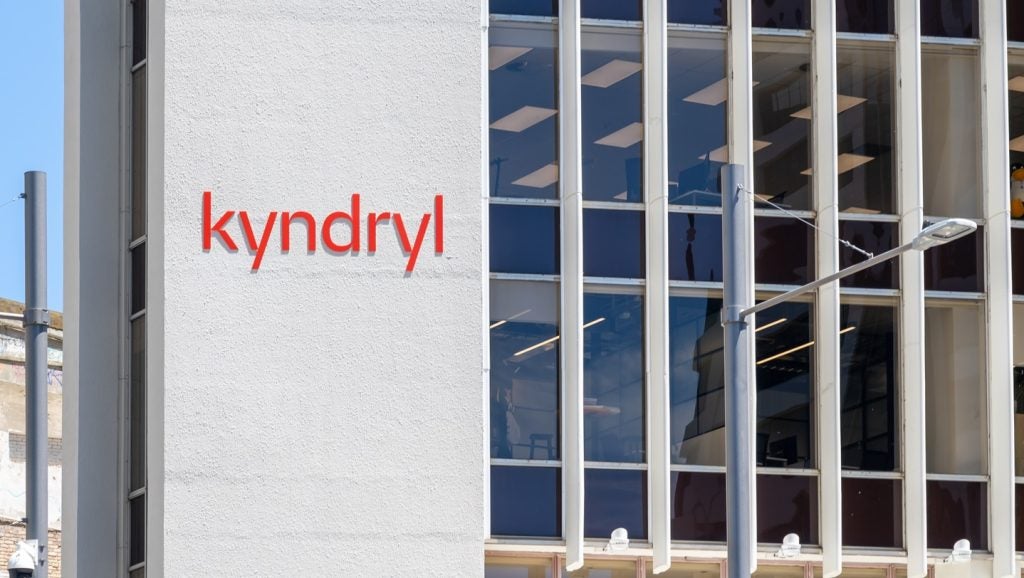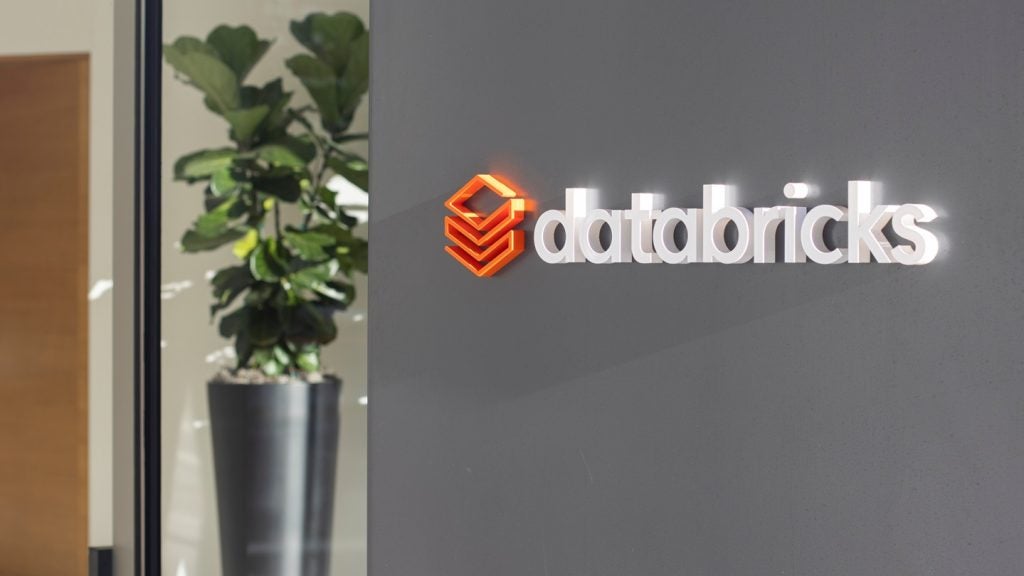
The Consumer Electronics Show (CES) 2019 has unveiled beauty tech that is bolder and bigger than the past years.
The beauty powerhouses have showcased prototypes and products set to integrate tech and beauty, making beauty for the consumer hassle-free and beneficial.
This year Proctor & Gamble alone is presenting six products transforming consumer’s everyday skincare and grooming routines.
The global gathering presents transformative beauty, with everything from heat-activated razors to a magical mirror. Okay, not exactly a magical mirror, but a smart mirror providing a holistic view of the user.
Verdict has pulled together an assortment of the most notable beauty technologies featured at CES 2019.
Proctor & Gamble: Connected beauty
Sticking to the trend that has taken the beauty industry by storm Proctor & Gamble introduced multiple devices from its various brands.

US Tariffs are shifting - will you react or anticipate?
Don’t let policy changes catch you off guard. Stay proactive with real-time data and expert analysis.
By GlobalDataMarc Pritchard, chief brand officer said: “We’re living in a time of mass disruption, where the exponential power of technology combined with shifting societal and environmental forces are transforming consumer experiences everyday.”
Therefore the six products introduced by P&G aims to integrate technology with everyday products and services to improve and aid people’s lives.
The featured products and services include:
SK-II’s Future X Smart Store
A brand engrained in Japanese beauty has made a tech entrance into the beauty sphere with AI smart sensors and facial recognition. The service showcased at CES 2019, also had a limited pop-up opening in Tokyo in May 2018, and then followed onto Shanghai and Singapore.
The store fused art, technology and beauty to amaze users. SK-II’s skin diagnostic booth analysed users from 45cm away using audio prompts, from then on users received personalised content without having to re-introduce themselves.
Olay’s Skin Advisor platform
Olay incorporates an AI-powered machine built by Nara Logics, a company specialising in content matching, to provide people with an online tool that gives an accurate skin-age estimate and recommendations for skin care. All this is done by users providing a selfie.
The Oral-B Genius X toothbrush
This isn’t just any toothbrush. This is a toothbrush incorporating AI in order to analyse and provide feedback on the users brushing skills.
The sensors built into the toothbrush tracks where users are brushing and how much pressure they are using, data that is then collected to produce personalised advice to improve oral health. It is also connected to an app that produces a visual of the user’s mouth and highlights key areas that may have been missed whilst brushing. This product is coming to stores September 2019.
Gillette’s Heated Razor
This new razor was intially launched on crowdfunding website Indiegogo, and quickly sold out its initial production. The metal bar heats up in less than a second to provide an experience akin to a hot towel shave, but without the mess.
AIRIA
A smart home fragrance system that uses capillary action and heating technology to establish a scent-enhanced ambience for the users home, all through a press of a button.
Opté Precision Skincare System

This skincare system uses camera optics, proprietary algorithms, printing technology, as well as skincare all in one device. The device scans the skin for any hyperpigmentation and then applies a corrective serum to reveal the natural beauty of the skin.
The on-board camera can see up to three times more pigmentation than the human eye. Capturing 200 skin images per second, it produces approximately 24,000 skin images to be analysed. The device uses a technology called microfluidics, which essentially is the science of manipulating and controlling fluids, normally in the range of microliters.
The micro printer has 120 thermal inkjet nozzles and deposits 1,000 optimizing serum picoliter droplets, which is one billionth of a liter. The point is, the precision provides for a thorough coverage of the spot on the user skin, without the need of using excess product.
Kathy Fish P&G’s chief research, development and innovation officer said: “As consumers are changing, so are we. What remains the same is our focus on deeply understanding how consumers live, work and play so we know precisely what they want. When we combine breakthrough science and technologies with this deep consumer understanding, we’re able to deliver transformative innovations that improve life everyday.”
The rest of the key beauty tech from CES
As well as P&G’s six beauty tech announcements, a host of other companies have also enhanced the use of tech and beauty, pushing the boundaries of beauty and skincare in the tech race.
My Skin Track pH by La Roche-Posay

L’Oreal introduced a prototype from the L’Oreal Technology Incubator at CES 2019. The prototype is the first wearable sensor and companion app, which measure personal skin pH levels and then creates customised product regiments so consumers can take better care of their skin. The sensor was co-developed with L’Oreal’s skincare brand La Roche-Posay.
Guive Balooch, global vice president of the L’Oreal technology incubator, an arm of L’Oreal’s research and innovation division, said: “The scientific and medical communities have long known the link between skin pH levels and common skin concerns that millions of people experience every day.”
For healthy skin, normal pH exists within the acidic range of 4.5 and 5.5, this is based on a spectrum measured from 0 to 14. Environmental factors can be a major cause of underlying conditions and can trigger inflammatory responses which can aggravate common skins concerns such as dryness, eczema, and atopic dermatitis.
My Skin Track pH will be initially introduced in 2019 through select La Roche-Posay dermatologists in the US.
The product involves two-step process. The wearer places the sensor under their inner arm, leaving it there for five to 15 minutes until the center dots take on colour. The wearer then has to open the My Skin Track pH app and photographs the sensor.
Using an advanced algorithm the app then read the pH measurement, as well as taking note of the wearers sweat loss to assess the skin’s health and make customised La Roche-Posay product recommendations based on skin condition and pH balance.
Artemis smart mirror
This smart mirror uses a careOS platform which connects health, beauty and wellness for a holistic view of the user. This is meant for use in the hotel, salon or assisted home of the future.
The smart mirror boasts a host of features, including an augmented reality (AR) feature to allow users to try on products virtually and AR tutorials to provide real-time hair and makeup lessons. The mirror also offers fitness coaching, face and object recognition and the ability to capture 360 videos, alongside teleconferencing capabilities and an air quality tracker.







